
President Ram Nath Kovind speaking at the CSR awards ceremony.
The President of India, Ram Nath Kovind, presented the National Corporate Social Responsibility Awards (NCSRA) in New Delhi today. The NCSRA has been instituted by the Ministry of Corporate Affairs to recognize outstanding contribution in the field of Corporate Social Responsibility (CSR).
Speaking on the occasion, the President noted that those sections of society that need the helping hand most are among the main beneficiaries of the CSR activities. He said that the corporations have, thus, made a worthy contribution towards the national goals. They are helping the nation progress towards the cherished goal of building a more equitable society. They have focused on sustainable projects creating a long-term impact.
The President said that broadly, CSR initiatives have been aligned with the national priorities such as public health, education, livelihoods, water conservation, sanitation, and natural resource management. He expressed hope that innovative solutions to persisting development challenges will emerge from the CSR activities.
The President also noted that the government is sensitive about the need to calibrate the CSR regime to make it more effective. In September, the scope of the CSR activities was widened to include more categories of research incubators. This thrust on research and development will immensely help innovators. He said that it is equally important to internalize social welfare in the corporate culture. He urged upon corporate to motivate their employees and sensitize them to this higher calling in service of the marginalized sections of society. He said that this single step will generate enough goodwill for wealth creators among ordinary people.
National CSR Awards have been instituted to recognize the Corporates whose initiatives in the area of CSR were aimed at achieving inclusive growth and sustainable development. The companies were awarded based on their strategic approach in CSR and its efforts in challenging circumstances, towards aspirational districts, difficult terrains/disturbed areas and national priority areas. Based on the submissions by the companies and reports of the independent assessment by CSR experts and the jury, 19 award winners and 19 honorable mentions across the three award categories were announced as per the list.
Winners in different categories:
| S. No. | Award Category | Sub-category | Name of Company |
|
|
Corporate Award for Excellence in CSR | CSR spend above INR 100 Crores | Power Grid Corporation of India Limited |
|
|
Corporate Award for Excellence in CSR | CSR spend between INR 10 Crores 100 Crores | Mahindra & Mahindra Limited |
|
|
Corporate Award for Excellence in CSR | CSR spend between INR 1 Crores 10 Crores | Edelweiss Financial Services Limited |
|
|
Corporate Award for Excellence in CSR | CSR spend below INR 1 Crore | Paranjape Autocast Pvt. Ltd. |
|
|
CSR in Challenging Circumstances | North India | SRF Limited |
|
|
CSR in Challenging Circumstances | North-East India | CRISIL Limited |
|
|
CSR in Challenging Circumstances | East India | Bharat Financial Inclusion Limited |
|
|
CSR in Challenging Circumstances | West India | Technip India Limited |
|
|
CSR in Challenging Circumstances | South India | The Andhra Pradesh Mineral Development Corporation Limited |
|
|
Contribution to the National Priority Areas | Education | Hindustan Petroleum Corporation Limited |
|
|
Contribution to the National Priority Areas | Skill Development and Livelihoods | Hindalco Industries Limited |
|
|
Contribution to the National Priority Areas | Agriculture & Rural Development | Mahindra and Mahindra Limited |
|
|
Contribution to the National Priority Areas | Health, Safe Drinking Water and Sanitation | Mahanadi Coal Fields Limited |
|
|
Contribution to the National Priority Areas | Environment, Sustainable Development & Solar Energy | Power Finance Corporation Limited |
|
|
Contribution to the National Priority Areas | Women & Child Development | Indian Oil Corporation Limited |
|
|
Contribution to the National Priority Areas | Women & Child Development | JSW Energy Limited |
|
|
Contribution to the National Priority Areas | Promotion of Sports | Central Coalfields Limited |
|
|
Contribution to the National Priority Areas | Slum Area Development | Equitas Holdings Limited |
|
|
Contribution to the National Priority Areas | Support to Differently abled | Minda Corporation Limited |
Honorable Mentions in different award categories:
| S. No. | Award Category | Sub-category | Name of Company |
|
|
Corporate Award for Excellence in CSR | CSR spend above INR 100 Crores | ITC Limited |
|
|
Corporate Award for Excellence in CSR | CSR spend above INR 100 Crores | Tata Steel Limited |
|
|
Corporate Award for Excellence in CSR | CSR spend between INR 10 Crores 100 Crores | National Aluminum Co. Limited |
|
|
Corporate Award for Excellence in CSR | CSR spend between INR 10 Crores 100 Crores | Maruti Suzuki India Limited |
|
|
Corporate Award for Excellence in CSR | CSR spend between INR 1 Crores 10 Crores | Tata Technologies Limited |
|
|
CSR in Challenging Circumstances | East India | Hindustan Copper Limited |
|
|
CSR in Challenging Circumstances | East India | Mecon Limited |
|
|
CSR in Challenging Circumstances | West India | Adani Ports and Special Economic Zone Limited |
|
|
CSR in Challenging Circumstances | South India | Mineral Exploration Corporation Limited |
|
|
Contribution to the National Priority Areas | Education | Mahindra and Mahindra Limited |
|
|
Contribution to the National Priority Areas | Skill Development and Livelihoods | JSW Steel Limited |
|
|
Contribution to the National Priority Areas | Agriculture & Rural Development | HDFC Bank Limited |
|
|
Contribution to the National Priority Areas | Health, Safe Drinking Water and Sanitation | Tata Sponge Iron Limited |
|
|
Contribution to the National Priority Areas | Health, Safe Drinking Water and Sanitation | ITC Limited |
|
|
Contribution to the National Priority Areas | Environment, Sustainable Development & Solar Energy | Schneider Electric IT |
|
|
Contribution to the National Priority Areas | Women & Child Development | Rail Vikas Nigam Limited |
|
|
Contribution to the National Priority Areas | Promotion of Sports | IndusInd Bank Limited |
|
|
Contribution to the National Priority Areas | Promotion of Sports | India Infrastructure Finance Company Limited |
|
|
Contribution to the National Priority Areas | Support to Differently abled | Hindustan Petroleum Corporation Limited |


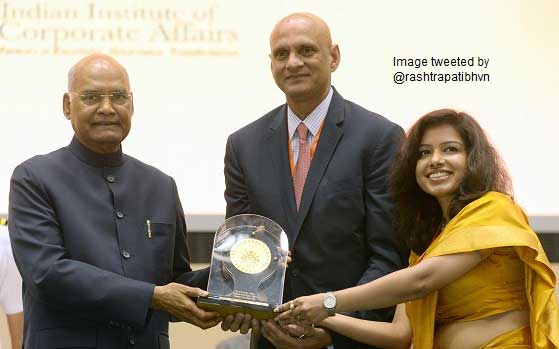
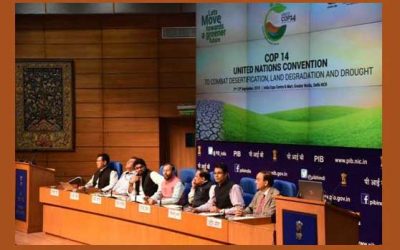
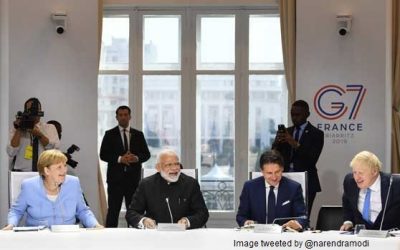
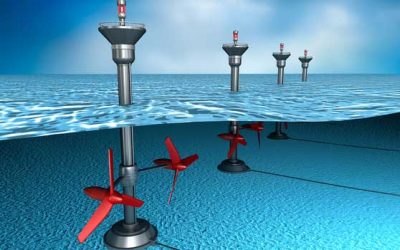

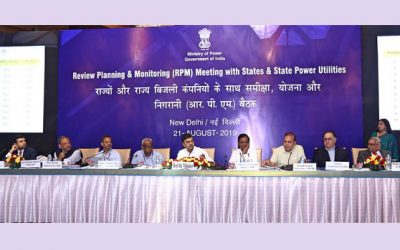
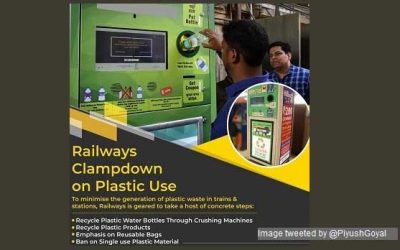
0 Comments